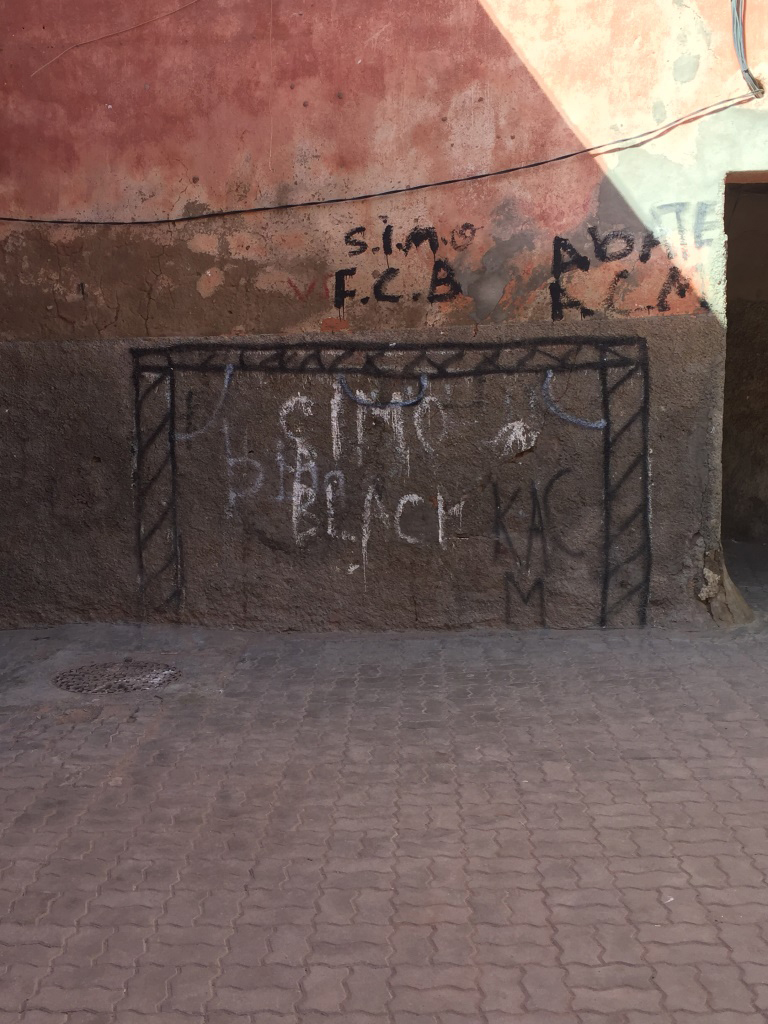Jun 4, 2018
By Cyndy Chwelos, Bachelor of Recreation Management Coordinator & Instructor
Recently I have been reading about Placemaking in relation to community development and came across the Urban sociologist, Roy Oldenburg who has studied and wrote extensively about this concept. He coined the term third place (1) offering up another way to consider and define the role of Placemaking in community life. What struck me in Oldenburg’s work is the grass roots approach- no city planner required- where the third place is a community generated informal gathering place, at the local café , the school playground, or the Neighbourhood pub (an everyday occurrence in London as I witnessed this sprang). Oldenburg identifies 8 necessary characteristics to create this ‘third’ space;
- Neutral Ground. People are free to come and go as they please. There are no time requirements or invitations needed. Much of our lives in first places and second places are structured, but not so in Third Places.
- Act as a Leveler. People from all walks of life gather in Third Places. There are no social or economic status barriers.
- Conversation is the Main Activity. The talk is lively, stimulating, colorful, and engaging.
- Assessable and Accommodating. They tend to be conveniently located, often within walking distance of one’s home.
- There are Regulars. It is easy to recognize that many patrons are regulars at the establishment. But unlike other places, newcomers are welcomed into the group.
- Low Profile. As a physical structure, they are typically plain and unimpressive in appearance.
- Mood is Playful. With food, drink, games, and conversation present, the mood is light and playful. The mood encourages people to stay longer and to come back repeatedly.
- A Home Away From Home. At their core they are places where people feel at home. They feel like they belong there, and typically have a sense of ownership.
I noticed this kind of community generated third space in my travels this spring and wanted to share a couple:
- In Marrakesh Morocco, a group of young children play soccer in an enclosed space in the medina that operates more as a thoroughfare rather than a soccer pitch. The image here is the ‘net’ that was drawn onto the medina walls, creating a third place- for the regulars that accessed this playful game on a daily basis.
- In Lille France, this video shows how a very public space (fountain in front of the Palais des Beaux Arts) is transformed into a third place by the children in this neighborhood- creating a neutral place in a public space, for anyone to join in and enjoy the cooling off and playful mood.
What struck me with these two examples is how these young people intrinsically know how to create a third place that supports healthy community building with an emphasis on play, access, and inclusion. These impromptu, placemaking examples, points to how we as human beings are driven to be creative with what we have in order to accommodate the basic human need – to generate connection and belonging with each other.
(1) According to Oldenburg the first place is our home and the people with whom we live. The second place is where we work and the place we spend the majority of our waking hours. A Third Place is a public setting that hosts regular, voluntary, and informal gatherings of people. It is a place to relax and have the opportunity to know and be known by others. It is a place people like to “hang out”.
Goldenberg, Roy. The Great Good Place: Cafes, Coffee Shops, Bookstores, Bars, Hair Salons, and Other Hangouts at the Heart of a Community. Marlowe & Company, NY. 1999.

